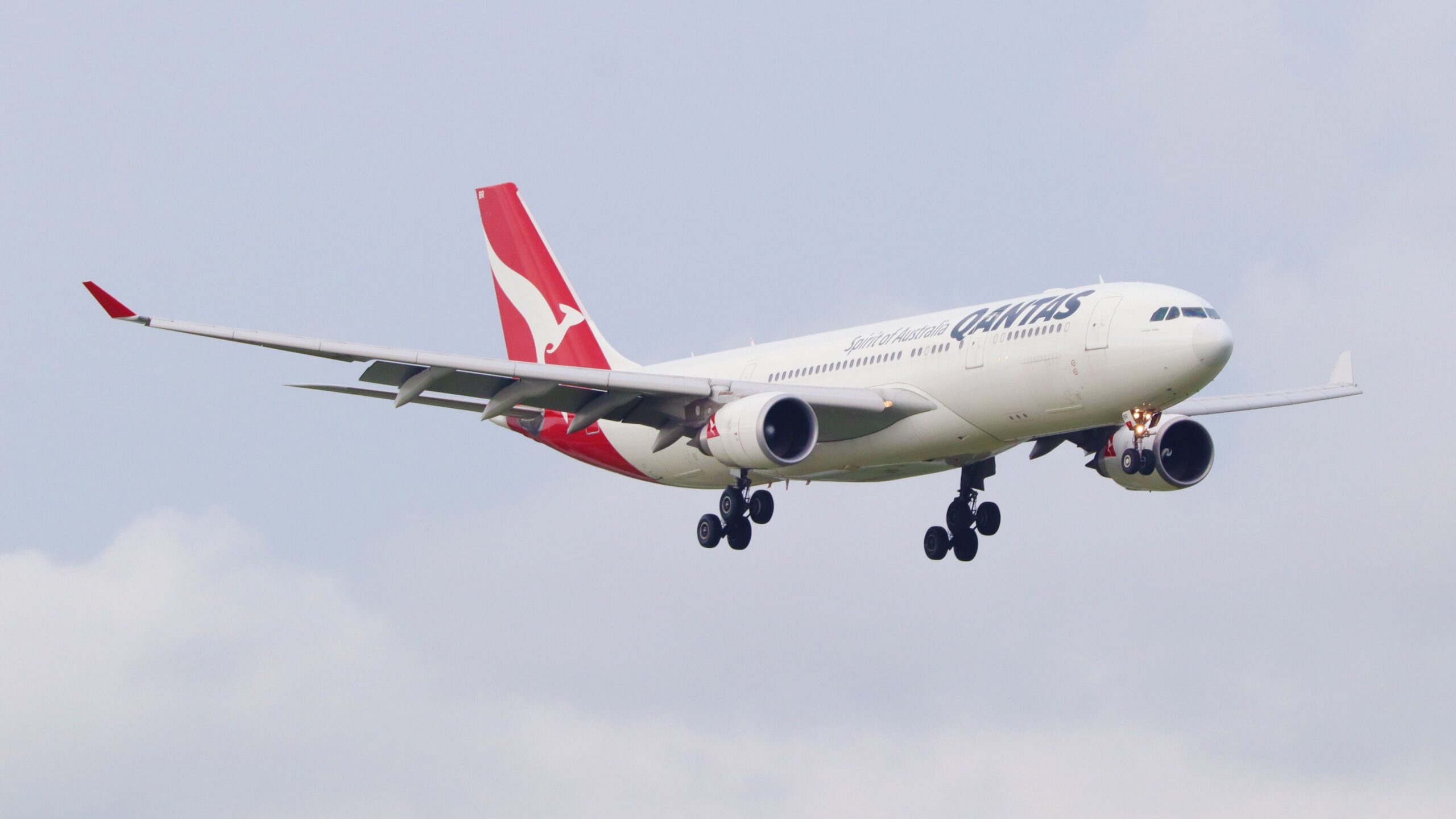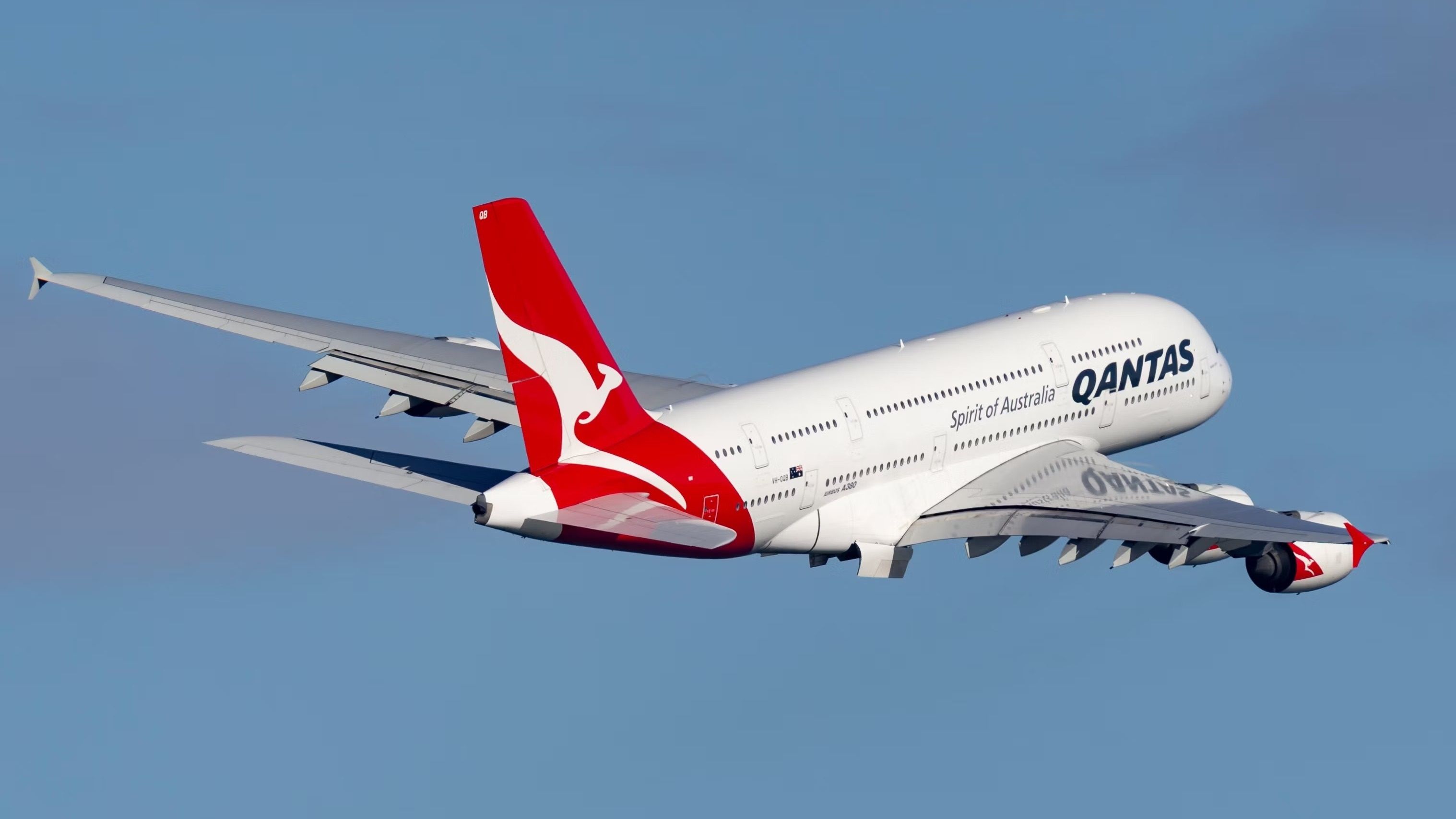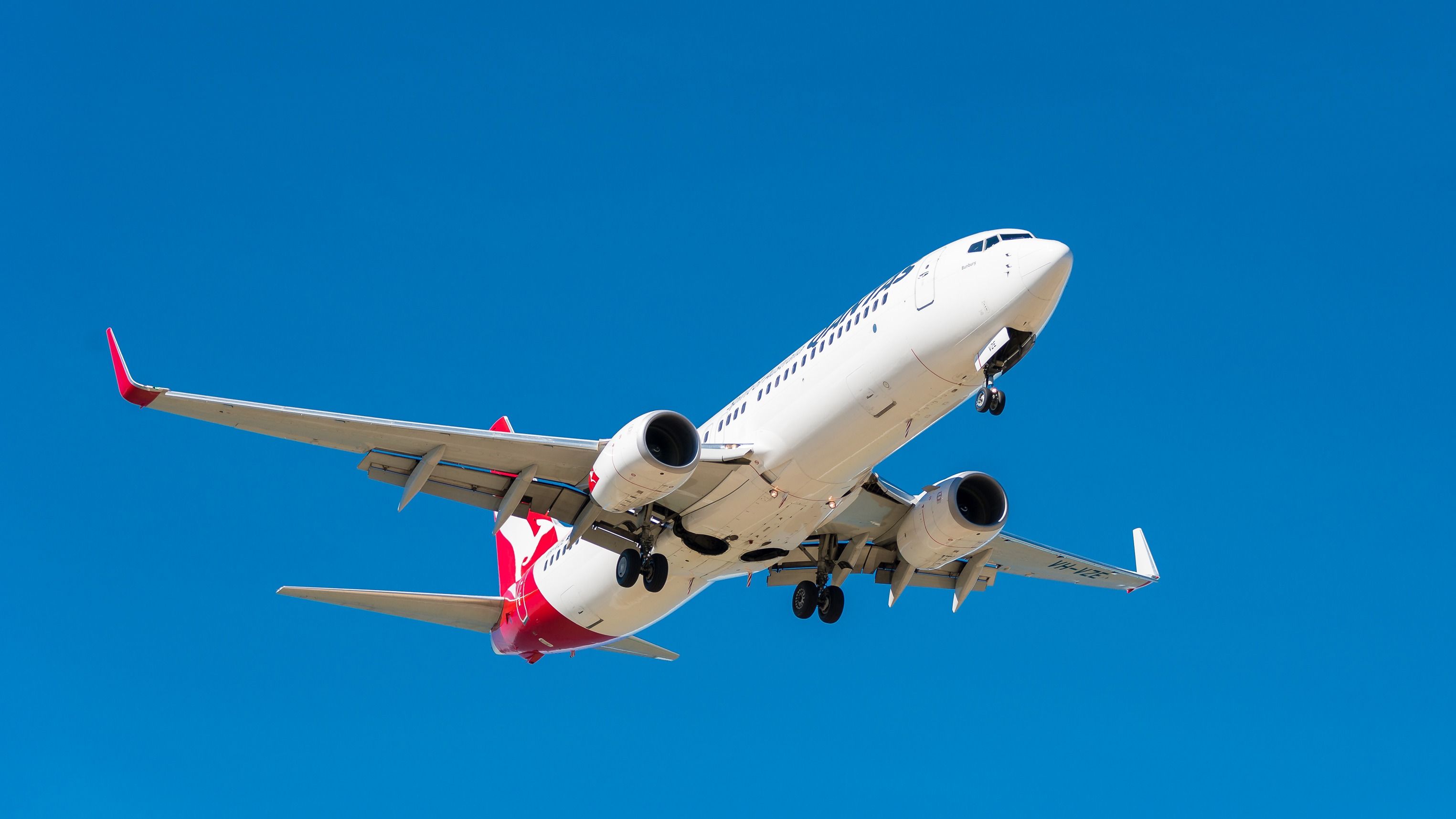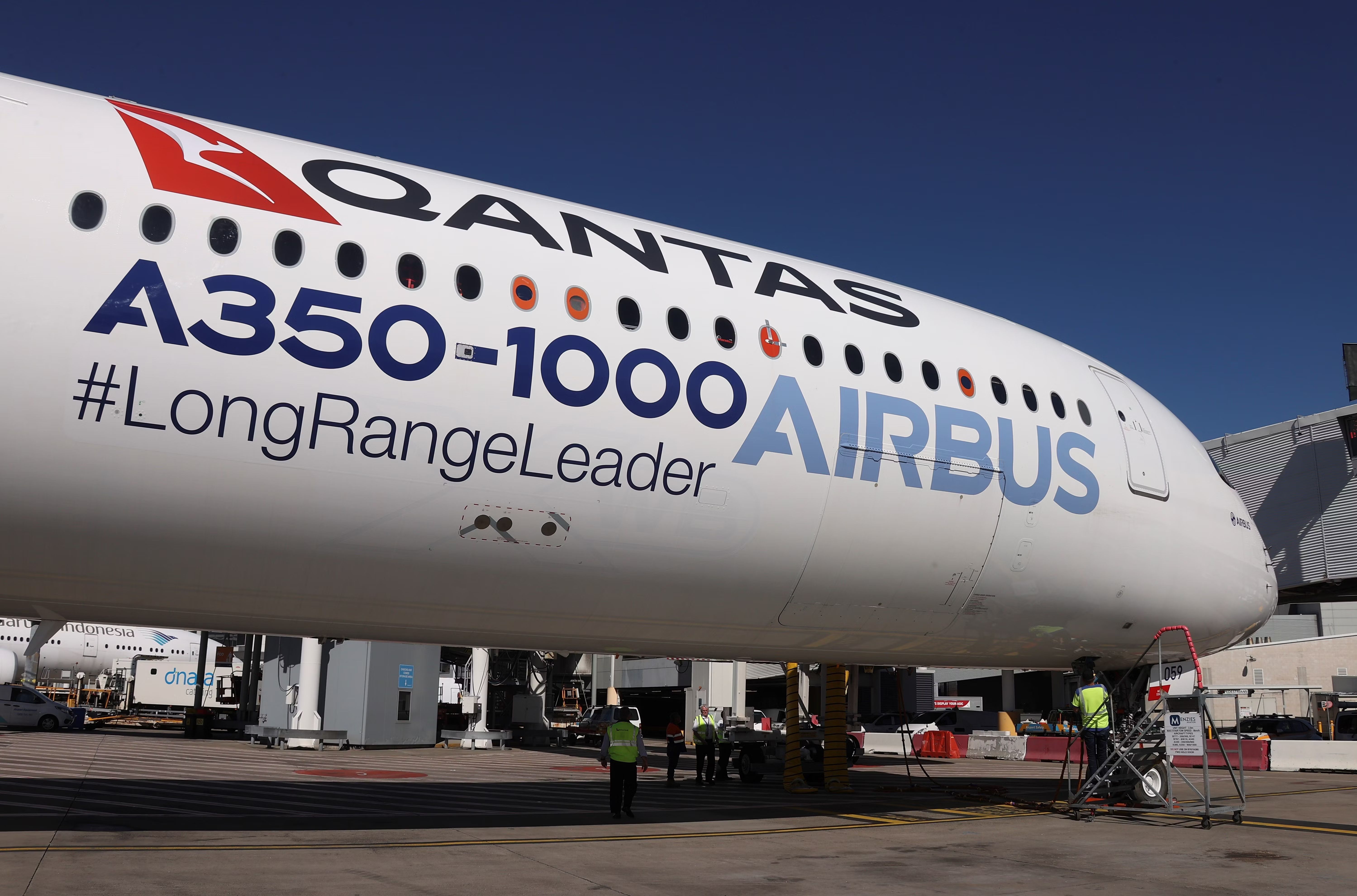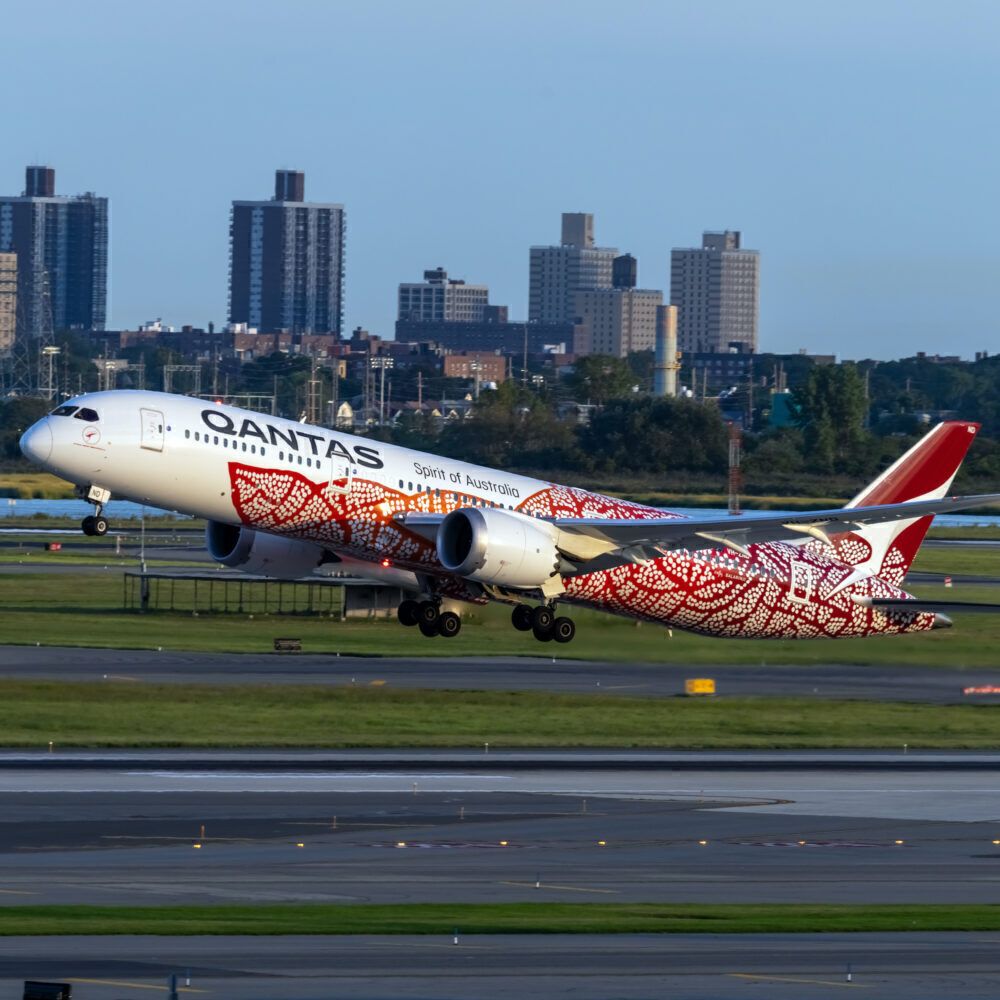This week marks a special anniversary for the Australian flag carrier Qantas, as the airline has now been operational for 103 years. Since its founding on 16 November 1920, the airline has rapidly grown and expanded, changing and adjusting to a dynamic market.
With this special anniversary in mind, we thought it might be a good idea to take a quick look at the airline’s founding. Furthermore, let’s take a moment to reflect on where the carrier stands today and what changes we can expect for the airline in the near future.
Humble beginnings
Australia’s famous flag carrier was founded in 1920 by Hudson Fysh, Paul McGinness, and Fergus McMaster, three residents of Queensland. McMaster, a wealthy grazier, and McGinness met on the side of the road after McMaster’s car broke down, and the two ultimately became close friends.
Eventually, the two would identify the potential of aviation and would team up with Fysh in 1920 to launch a new aerial taxi service, as well as other joy trips. Eventually, the company was formally incorporated under the name Queensland and Northern Territory Aerial Service, which soon became known by the acronym “QANTAS.”
When launched in 1921, the carrier’s fleet only consisted of two small aircraft, both left over after the First World War. One was an Avro 504K, and the second was a Royal Aircraft Factory BE2E, which had less than 200 horsepower combined.
Qantas today
Undoubtedly, Qantas’ founders would be incredibly proud of the company today. Not only is Qantas a successful airline, but it also has become a symbol of national pride for Australia and connects the nation to the rest of the globe.
Photo: Peterfz30 | Shutterstock
As of November 2023, the airline flies to 104 different destinations across the globe and maintains a fleet of 125 aircraft. The carrier also maintains the low-cost carrier Jetstar and regional airline QantasLink as subsidiaries. Furthermore, Qantas Freight performs cargo operations for the airline.
Want to know more about Jetstar’s history?
Recently, the carrier has begun to push the limits of long-haul flying with the launch of its groundbreaking Project Sunrise initiative. On 24 March 2018, the airline launched the first nonstop flights between London and Australia, connecting the British capital to the Western Australian city of Perth.
What does the future hold?
Indeed, the flag carrier will continue to target growth and expansion in the coming years. But the biggest hurdle the airline hopes to overcome will be its long-awaited nonstop Project Sunrise flights from New York and London to Sydney, which are scheduled to commence in 2025.
Recently, the airline ordered 24 Airbus A350-1000 aircraft, some of which will be used to complete flights from New York and London to Sydney. A configuration of six first class seats, 52 business class seats, 40 premium economy seats, and 140 economy class seats has already been confirmed for these new aircraft.
Photo: Airbus
This premium-heavy configuration will be used to reduce weight and extend the aircraft’s range in order for the jets to make it all the way to New York. Interestingly, the carrier will deploy an economy cabin on these routes, unlike Singapore Airlines, which only offers business class and premium economy on ultra-long-haul routes to New York.

